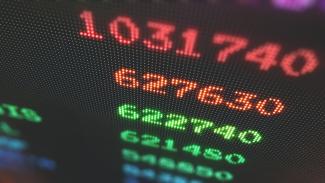
Market Update for November 29, 2022
Picture two theoretical stock markets:
Market A goes up consistently indefinitely. There are no downticks, just consistent growth. This is a great market for most of us, the one we would choose.
Now picture Market B. Market B starts at a certain level then declines for a period only to recover back to the original level. This might be the market we are in - provided we recover back to the initial level from about 11 months ago (most market indices’ all-time highs). While I believe the domestic market will recover, as it “always has,” please keep in mind there is no rule that says it must.
We need only look to Japan’s NIKKEI 225 Index for evidence that sometimes stock markets don’t come back. October 1, 1989 - over 33 years ago- that index was 28% higher than it is right now. Not adjusted for inflation or accounting for currency changes, Japanese investors have lost 28% of their money buying and holding for over 33 years. I do not at all think we are headed for a similar fate, but we need not leave the current time period to find a market that failed to recover to its all time highs.
Back to markets A and B. If you are retired and not contributing to the account, you prefer market A, no question. But market B is actually preferable to market A if your contributions are a large enough portion of the total investment balance. Essentially, dollar-cost averaging takes advantage of the downticks in the market by reducing one’s average-cost, and a lower average-cost is the key long-term as long as the market rises over time. In short, if you have been funding a stock-based investment, DO NOT STOP based on recent volatility. Do consider reallocating the existing balances to certain exposures (I prefer U.S. Large-Cap Value) over others (I am down on U.S. Growth, Small-cap, and most international markets), but to reduce or eliminate contributions almost certainly won’t end up being the right financial decision. Read this article for corroboration of this statement.

